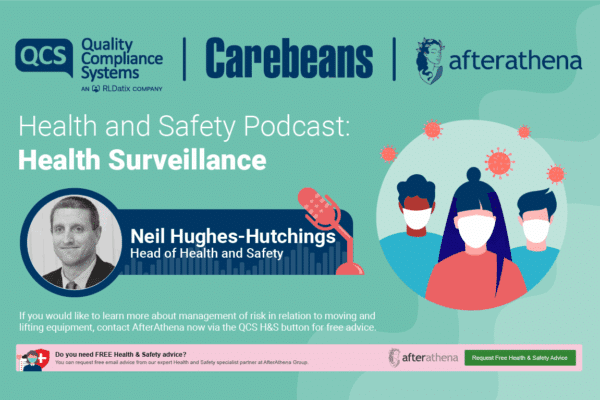 This blog recently highlighted a service user safety issue with regards the thickening powder used for drinks in people with dysphagia (difficulty swallowing). We return to dysphagia this week, as it is vital that service users with dysphagia are ensured safe, effective and efficient care.
This blog recently highlighted a service user safety issue with regards the thickening powder used for drinks in people with dysphagia (difficulty swallowing). We return to dysphagia this week, as it is vital that service users with dysphagia are ensured safe, effective and efficient care.
Signs and symptoms of dysphagia
A recent article in the Royal College of Nursing publication Nursing Older People written by Joanna Rudawkiewicz, unit manager of a Cambridge care home, deals precisely with this area. The author usefully provides the common signs and symptoms of dysphagia that staff should be aware of. These include:
- Dribbling saliva or food from the mouth
- Coughing or choking when eating or drinking
- Keeping food in the mouth for prolonged periods
- Food or fluid spilling through the nose
- Food sticking in the mouth or throat
- Feeling of something stuck in the chest
- Cutting food into small pieces
- Leaving food on plate or avoiding some foods
- Using extra fluids to moisten food or wash it down
- Hoarse voice
- Clearing the throat after meals or when lying down
- Coughing
- Difficulties swallowing tablets, bread or meat
When any of these signs or symptoms are noticed, input should be sought from a relevant health professional, in particular Speech and Language therapists, SALTs, who will be able to carry out a detailed swallowing assessment and recommend a care plan with appropriate food and fluid consistency.
A multidisciplinary approach is important in the care of service users with dysphagia
A multidisciplinary approach (heath care professionals, care staff, management, catering and family members) is important, and can minimise dysphagic risks such as aspiration (food going into the respiratory tract), malnutrition and dehydration. Communication between staff in the care home is vital so that everyone involved in the residents’ care is aware of their needs. Aspiration is one of factors that can lead to pneumonia in older people, and pneumonia is a leading cause of death among nursing home residents.
It’s not just about the right texture
All staff should be aware of the right consistency for the residents’ food and fluids, but they should also be aware that appropriate posture is important. For example, sitting upright with a stable base for legs and arms when sitting at a table or positioned upright with the head slightly flexed forward to protect the airway when eating. Those eating in bed should remain in an upright position for 30 minutes after a meal to help prevent aspiration. Ideally mealtimes should be protected so that no medications given, no tests carried out and any distractions should be reduced to a minimum. Residents should be given enough time to eat and assistance offered on an individual basis.
Person-centred care plans
Caring for patients with dysphagia is an important part of nutrition within the care home setting. Staff should be aware of the symptoms and refer to appropriate health professionals and a SALT for detailed assessment. Person-centred care plans and management strategies should be implemented, and residents their families and other care staff should be aware of the safe management of dysphagia.
Don’t forget, good management of service users with dysphagia is not just a question of safety, but also of their dignity.






